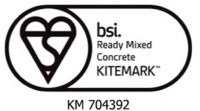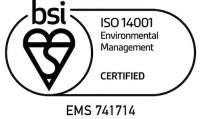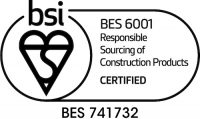Concrete is a commonly used material in a number of different applications. From small, domestic constructions to huge industrial sites, this material is used all over the construction industry, but not everyone knows just how it is made. Here, we explain a little more about exactly what goes into making concrete; both in terms of process and materials.
Concrete Ingredients
When it comes to creating the perfect, strong and durable concrete mix, there are a number of ingredients which need to be included, and done so in the correct proportions. The ingredients include:
- portland cement
- water
- fine and coarse aggregates
The cement and water are mixed to make a paste, which in turn coats the aggregates. Through the chemical reaction of hydration, the paste then hardens and gains strength, forming a rock-like substance: concrete.
Hydration
The process of hydration, as discussed above, involves the hardening of the paste following the chemical reaction the cement has with the water. During the reaction, nodes form on each cement particle’s surface, before expanding and linking up with nodes from other cement particles or, instead, adhering to adjacent aggregates.
Before becoming too stiff during this process, the concrete should be worked into the shape and form required. During placement, the concrete compacts within the form, eliminating potential flaws including air pockets, and instead creating a flawless effect.
Curing
For concrete slabs, the mixture is left to stand until moisture from the surface disappears, before using a wooden or metal handfloat to ensure the surface is smoothed off. As well as this, there are a number of special techniques that can be used for curing in extremely hot or cold temperatures to ensure concrete is sufficiently protected.
Curing can begin after the exposed surfaces of the concrete have finished hardening and thus can resist marring. Curing is a vital stage of the process which guarantees the continued hydration of the cement so that the concrete can continue gaining strength over time. Most hydration and increases in strength take place during the first month of a piece of concrete’s life cycle, but hydration can in fact continue at a slower rate for many years to come.
Here at EasyMix Concrete, we have the equipment and products to provide you with the perfect concrete for your project in London. Whether a small domestic task or a larger commercial concreting project, we can supply you with what you need at a price you can afford. Get in touch with our friendly team of professionals today to find out more.



